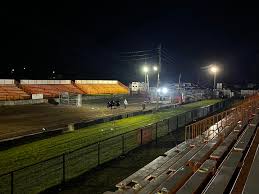The Chicago Fire: A Historical Overview and Its Impact Today

Introduction
The Great Chicago Fire of 1871 remains one of the most significant events in American history, shaping both the city of Chicago and fire safety regulations across the United States. The devastating blaze destroyed roughly 3.3 square miles of the city, leaving around 100,000 residents homeless and resulting in thousands of injuries and deaths. Understanding the Chicago Fire’s impact is crucial not only in terms of historical context but also in recognizing the evolution of urban planning and disaster management.
A Timeline of the Fire
The fire ignited on the evening of October 8 and raged until the early hours of October 10, 1871. It is believed to have started in a barn owned by Patrick and Catherine O’Leary, though the exact cause remains a topic of speculation. Due to a combination of dry conditions, strong winds, and wooden buildings, the fire spread rapidly out of control. In the aftermath, it was reported that approximately 300 people lost their lives, and over 17,000 structures were destroyed, triggering an extensive rebuilding effort.
Rebuilding Chicago
In the wake of the fire, a massive reconstruction initiative transformed Chicago into a modern city. The introduction of more stringent building codes, fire safety measures, and the use of fire-resistant materials became essential in preventing future disasters. The architectural landscape also changed, with the emergence of steel-frame construction and iconic skyscrapers, signaling Chicago’s position as an architectural innovator.
Modern Remembrance and Lessons
Today, the anniversary of the Chicago Fire is remembered with various events and educational programs highlighting fire safety and historical preservation. Moreover, ongoing discussions around urban development and disaster preparedness can trace their roots back to the lessons learned from the Chicago Fire. Officials continually emphasize the need for modern infrastructure and community planning that will withstand potential disasters.
Conclusion
The Great Chicago Fire was not only a pivotal moment for the city but also a turning point in American urban history. Its legacy continues to inform fire safety legislation and urban planning today, emphasizing the importance of preparedness and resilience. As we move forward, recognizing such events can foster a sense of community and responsibility towards ensuring safety and preservation in our cities.








